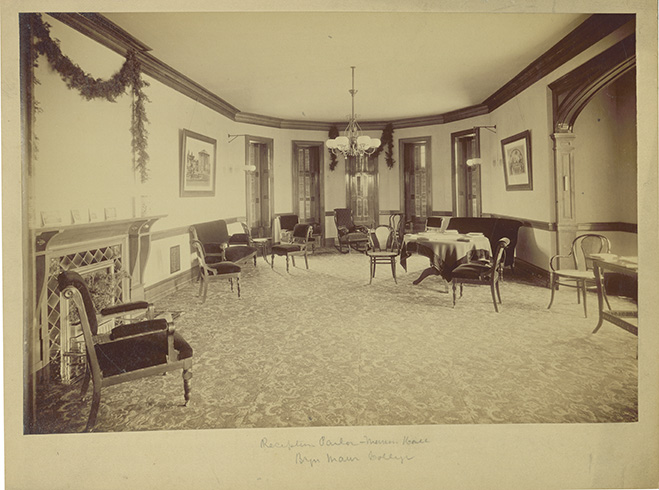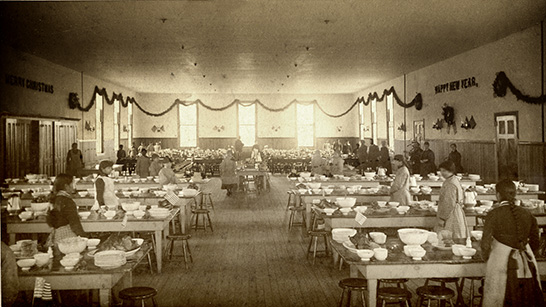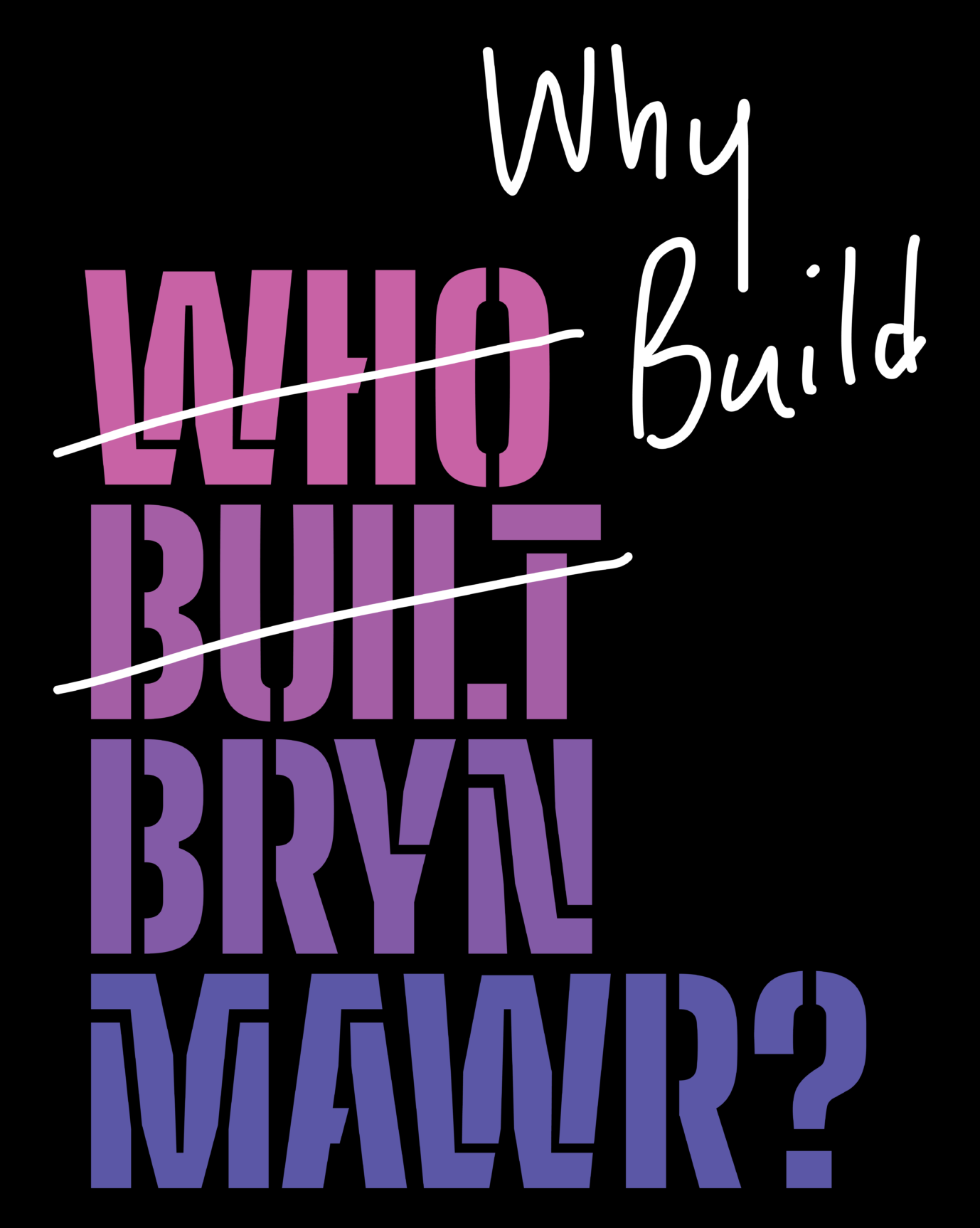Quakers’ faith in the power of the Christian home to instill moral character shaped their activism among non-white populations. Their social reform commitments centered around the building of so-called model homes for Indigenous and formerly enslaved people. Quakers actively promoted and implemented assimilationist efforts, including the separation of Indigenous children from their communities by forcing them to attend boarding schools, often far from home.
While the perspectives of Indigenous students is rarely recorded in nineteenth-century Quakers archives, many students recounted their struggles later in life. The severing of ties from family and community was not only emotionally traumatic but also led to the irrevocable loss of Indigenous traditions, knowledge, and social networks. In many cases, these young people were housed in substandard conditions, leading to rampant illness and even death. The goals of the Quaker Christian civilizing mission often took priority over Quaker principles of pacifism, self-determination, gender equality, and simplicity.
“It is easy for all men to be animal; hard to be morally pure and noble. Even more than most of the white race the Indian has to struggle against hereditary influences in the endeavor to bring his lower instincts under the supremacy of his intellectual, moral and religious nature. Give him, then, the religion of the Bible, which imparts the best moral and religious instruction to be found, and the highest motives conceivable. All Indian schools should make instruction in it a heartfelt duty.”
James E. Rhoads, Our Next Duty to the Indians, 1887.
Learn more about James E. Rhoads’ work among organizations focused on Indigenous peoples

photograph,
9 x 7 in, Bryn Mawr Special Collections,
PAB-06 PAB-Merion-Interior
The Carlisle and Hampton Institutes
The Carlisle Institute was the largest of these so-called Indian boarding schools in the United States. It was founded by Civil War veteran Captain Richard Henry Pratt, who institutionalized a militaristic program. The school opened in 1879 with the significant financial support of Quaker men and women. The Hampton Normal and Agricultural Institute, founded in 1868 by General Samuel Armstrong, sought to educate formerly enslaved people. It expanded to include Indigenous students in 1877. A close friend of General Armstrong, James Rhoads was an adviser to Hampton Institute.
During the summer, the Carlisle Institute’s Outing Program sent Indigenous children to Anglo-American Christian homes to live, work, and learn settler colonial gender roles. The Hampton Institute utilized model homes, where domestic labor, framed as “women’s work,” was taught. Quakers believed that women possessed a moral influence over men. Exposing female Indigenous students to Euro-Western models of domestic life was intended to further assimilation efforts and erase Indigenous culture. Over time, these programs grew to prioritize placement of Indigenous women as domestic servants with white families over and above their formal education.

Dining Room Decorated for Christmas, Carlisle Institute, c. 1881,
Photograph,
Cumberland County Historical Society CCHS_BS-CH-049
“While the feeling of Christmas is in the air, many of us get together and talk about the Christmas day that we used to celebrate when our time was all our own and we had no school duties. We talk of how we used to go into the woods early on Christmas morning to roam around and fill our hearts and thoughts with the beauties of nature; before we went back, we killed a rabbit that we might not return empty handed. As we sit here at Carlisle talking of those days, we can taste again that delicious rabbit and we feel that the “call of the wild’’ is sounding very loud within us.”
Edward Bracklin (Chippewa),“Christmas for the Indian Youth,” in The Carlisle Arrow (1912).
